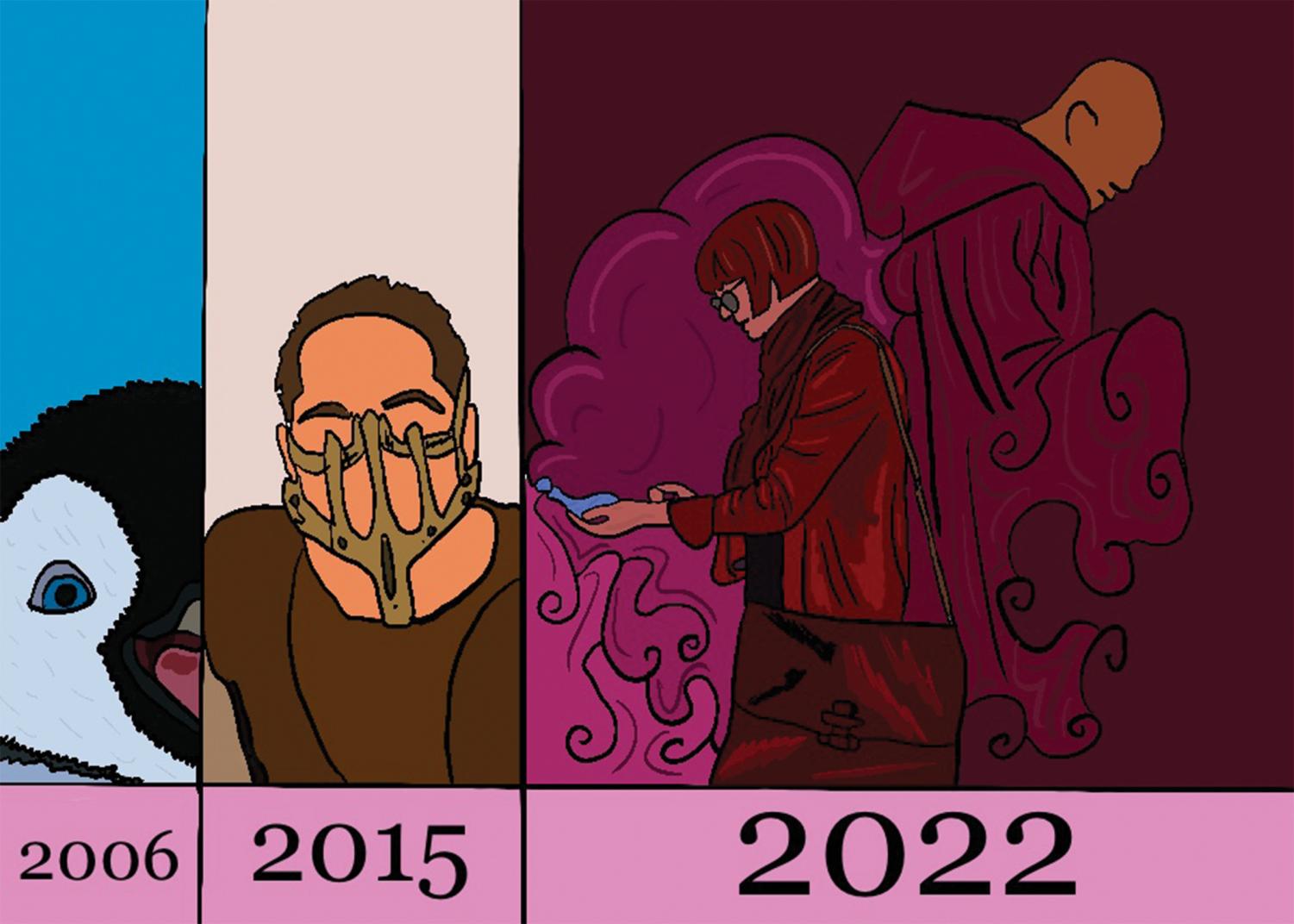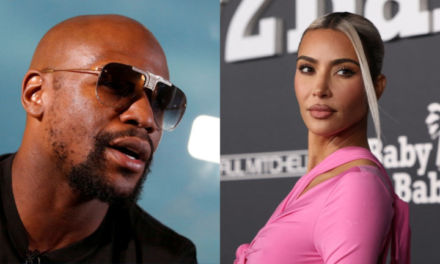Nearly ten years ago, director George Miller released what would become known as his masterpiece, with 2015’s “Mad Max: Fury Road.” Miller has since taken a long hiatus, with rumors of a follow-up to “Fury Road” popping up every few months.
Seemingly out of nowhere, around three months ago, a trailer for his newest feature dropped, titled “Three Thousand Years of Longing.” For many fans, this came as a surprise as the film had very little marketing build up and was quickly being shown in festival circuits following its first trailer.
While it may not have been the “Mad Max” sequel that fans had been waiting for, the film seemed perfectly aligned with Miller’s notoriously eccentric style. His varying zigs and zags are often pointed to as one of Hollywood’s strangest careers. Miller has directed all four “Mad Max” films, which are easily his most successful and well-known, which kick started his career in the late 1970’s.
Advertisement
Since then, he has also directed “The Witches of Eastwick,” “Babe: Pig in the City” and both “Happy Feet” films. Saying that Miller has an interesting career would be an understatement. The “Mad Max” films are known for their high-tension, post-apocalyptic and violent action, then the rest of his films are mostly lighthearted children’s movies.
Miller, not being one to be pinned down by preconceptions or expectations, has taken yet another detour with “Three Thousand Years,” a romance/fantasy film that is a love letter to fairy tales and myths.
It may seem like a departure from his previous work, but it’s truly something that only Miller could have made and has proven to be one of the most original films this year.
It stars Idris Elba, who has had one of the busiest periods of his career, with this being his fourth major role just this year. Elba plays a Djinn (or genie) who has been released from his bottle by our second lead played by Tilda Swinton. She plays Alithea, a scholar and author who lives a life of solitude as she ages, with no family or relationships to speak of.
She inadvertently releases the Djinn from his bottle, which he has been trapped in for hundreds of years. He offers her three wishes, but in her content life, she can not think of anything to wish for. The rest of the film then follows Alithea and the Djinn as they swap stories of their past, attempting to find what she wishes for through long flashback sequences, most of which take place in the ancient Middle East, following tales of commonly known folklore and fairy tales, told from the Djinn’s perspective as a fly on the wall.
The film excels in these chapters of the Djinn’s past, with stories and set pieces that feel equally authentic and fantastical. The set design is one of the most unique examples I’ve seen in years and compliments Miller’s eclectic style perfectly.
The stories being told are deeply human, with tales of love and betrayal that anyone could relate to, and the movie is not afraid to still include mythical creatures and magical powers. Most of these stories include characters that are commonly known in previously established folklore and history, including the Queen of Sheba and the Sultans of the Ottoman Empire.
Advertisement
At its core, the film is about the varying relationships and types of love one can experience in their lifetime. Each tale centers around either the Djinn or Alithea falling in love throughout their lives and how it has since informed who they are today.
The film’s third act, while still highly emotional, felt a bit rushed. It would have been preferred to see a more gradual progression between the Djinn and Alithea’s relationship, but it felt as though it was gone before you could truly wrap your head around it. Where the film lands in its final moments are truly perfect, but with ideas of themes that can be quite complex, it may be something that would benefit from multiple viewings.
“Three Thousand Years” is a highly hypnotic experience, utilizing lots of psychedelic aesthetic choices while simultaneously blurring the lines between reality and fantasy. It’s a film that operates more on atmosphere and vibe than a strict plot structure, although the stories told throughout are still highly compelling.
The camerawork compliments this, at times literally blurring the edges of the screen to great effect. It follows through these fantastical locations with a precision and movement that makes you feel like you’re trapped in these places with the Djinn yourself.
“Three Thousand Years” is also about storytelling and how it brings us together with joy, sadness and allows a greater understanding of the people we care for, or even ones we may have never met.
Elba and Swinton give powerhouse performances that are highly vulnerable and delicate, while still carrying a level of gravitas that has made them consistently excellent throughout their careers. Their chemistry on screen is palpable and really sells the love story that brings the whole thing together.
The score from Tom Holkenborg also helps carry the films’ themes, heightening the more intense sequences but also supporting the tender ones as well. It uses instruments from ancient Middle Eastern music, while blending it with more modern sounds, electronic and orchestral.
Overall, “Three Thousand Years of Longing” is easily one of the best films of the year so far. Concentrating George Miller’s unique voice and aesthetics into a story that may feel familiar but is still unlike anything before it. It may feel a bit too strange or vague for some audiences, but once you give yourself into the world it creates, it’s an extraordinary experience.
Entertainment Column: George Miller triumphantly returns with “Three Thousand Years of Longing” – Daily Egyptian





